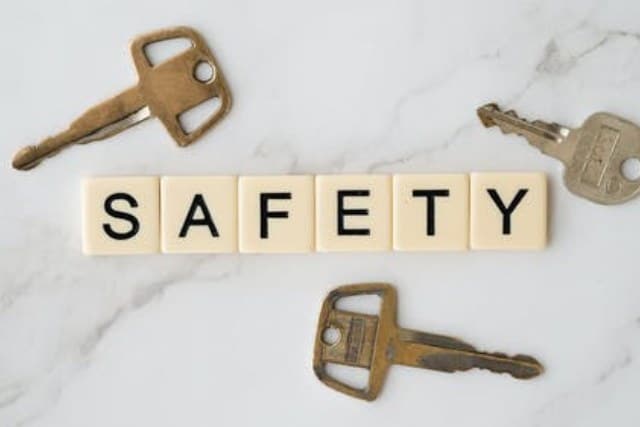A positive safety culture at your organization is good business practice. It’s beneficial to both management and employees and something all businesses should strive to achieve. Having one is important, but getting one is not always an easy task. It can take time to develop and apply the fundamental elements of a positive safety culture at your organization. However, once these six key elements are part of your safety program, your business will reap the benefits of a safe, productive, thriving workplace.
1. Gain Management Commitment and Leadership
The foundation of every good safety program starts with shared values. Establishing health and safety as the top priority of your organization is crucial. Safety goals should be established and communicated to all employees. Activities to achieve safety goals need to be defined and communicated.Your safety program should be updated and revised annually. Senior management should allocate resources to safety and require participation in safety meetings and inspections. Safety procedures should be incorporated into all operations at your organization. Managers should set an example by adhering to all safety rules and using positive recognition to recognize employees doing the same. Reward what you want repeated.
2. Assign Responsibilities within your Organization
Safety is a team effort. Safety professionals at your business should be accountable and knowledgeable. However, there are others that need to play a role in safety in order to have a positive culture throughout your business. Safety committees can be formed to establish guidelines and monitor safety and health responsibilities. Managers need to understand responsibilities and show commitment and leadership. Supervisors and team leaders should also be accountable for safety and all employees need to understand and follow all safety rules.
3. Cultivate Safe Working Conditions
Safety inspections, safety training, safety committee reviews, and job safety analyses need to be performed. Specific actions should be taken to address hazards. Appropriate PPE and preventative controls should be in place. Safety task assignments should be determined. It is a good idea to have technical resources available. In addition, a disciplinary action procedure should be in place. Comprehensive and current written safety and hazard communication programs need to be in place for the type of work you perform.
4. Require Ongoing Training and Education Sessions
Employees should receive new hire orientation, weekly safety topic meetings and specific and ongoing safety training and safety task assignments. Supervisors should be trained in accident reduction techniques, OSHA guidelines, accident investigations, job safety analyses and safety task assignments.
5. Maintain Good Recordkeeping Procedures
Proper records must be maintained at your facility. These include things such as OSHA and MSHA logs, near-miss evaluations, injury logs, and accident investigations documenting facts, root cause, corrective actions, disciplinary actions and photographs. Emergency and evacuation procedures and drug testing protocols should also be included in the records.
6. Attain Employee Involvement
Supervisors need to be accountable for safety goals and activities. Incentives should be based on accountability performance. Keep in mind, what gets measured gets done. Lines of open communication need to be established so employees feel comfortable raising safety issues and concerns with management. Participation is important from everyone on the job.
These six key elements are a good starting point to building a positive safety culture at your organization. If you need support in getting started or building upon a safety program already in place, call Safety Consulting Specialists. We have helped a wide variety of clients from small, local start-ups to large, global companies improve the safety at their organization and we would be glad to set up a consultation to find out how we can help your business achieve the next level of safety. Send us an email at or call today 919-417-2139.


